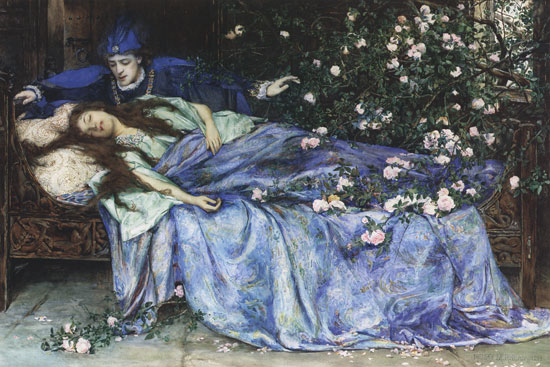Retrieved From:
https://www.google.com.au/search?q=ancient+greek+story+telling+painting&espv=2&source=lnms&tbm=isch&sa=X&ved=0CAcQ_AUoAWoVChMIpon28LjSxwIVxOemCh3mOA80&biw=1366&bih=643#imgrc=IKVGOEV0Br0kVM%3A
In the lecture of week 5 for BA1002 it was stated that the “Greeks understood that the way we tell a
story shapes the way we see the world, and the way therefore we possess the
world, lay claims to things, order its people, lands, and possessions, and
persuade people of what is right and true.” (Bartlett, 2015) This statement
may have been true in the time before there was the internet, phone cameras and
social media sites, like Facebook. All these things have given people the
ability to show what’s happened or to share their side of the story which
anyone on the internet has access to.
Nowadays it is extremely easy for a person to research a
particular topic or event and learn about all the perspectives and arguments surrounding
that topic. “Greeks understood importance
of narrative as a way of explaining or convincing.” (Bartlett, 2015) while
that statement may have been true for people living in the time before the
internet. The way information and stories have progressed and evolved, have
changed the way people perceive the world around them.
Before the invention of social media sites and news article
sites, stories told from certain perspectives were the only source of
information available regarding that particular topic. Unless they spent long
hours searching through books in order to find another perspective on the
topic. Now that information is readily available to everyone people now require
solid evidence of something and look at all the different possibilities and
think more critically of information shown to them. This means more and more
people are beginning to question the world around them and the different
perspectives that are within it.
References
The Cultural Evolution of Storytelling and Fairy Tales:
Human Communication and Memetics. (2015). Evolution of Storytelling and
Fairy Tales. Retrieved 31 August 2015, from http://press.princeton.edu/chapters/s9676.pdf
Park, J. (2010). Snapshot: Classical Greek Dress and
Contemporary Fashion. Berg Encyclopaedia Of World Dress And Fashion.
doi:10.2752/bewdf/edch9087









